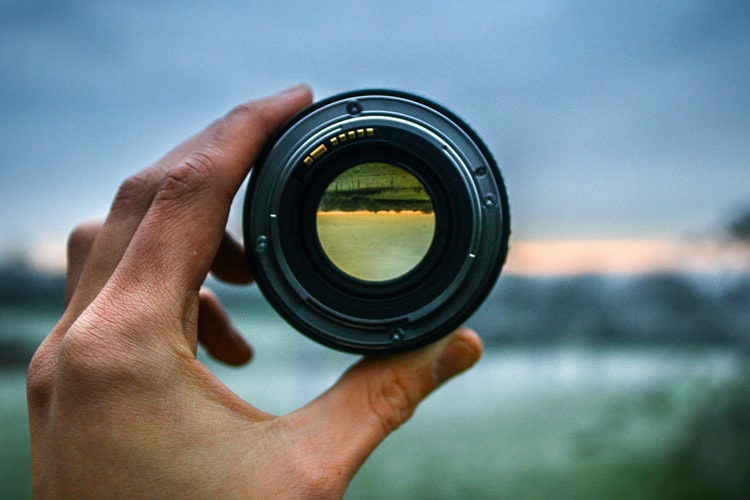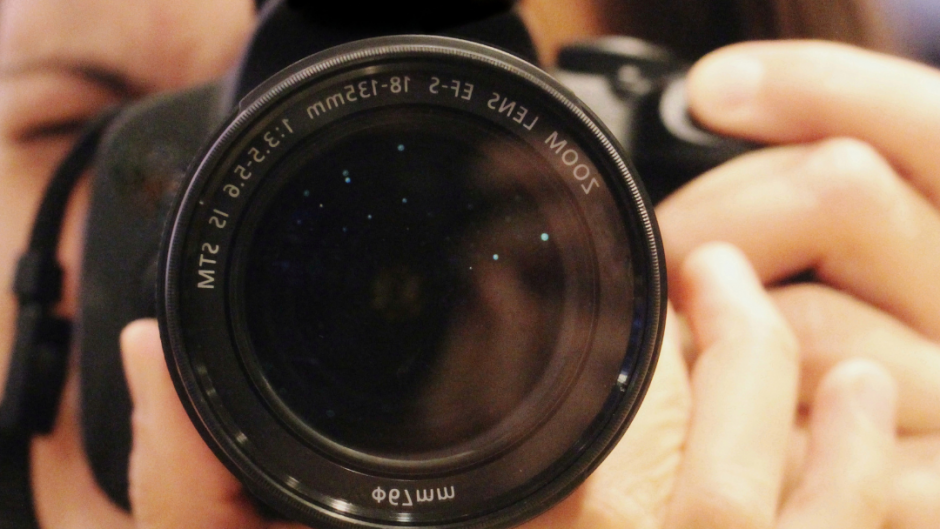Photography can be complicated, and making money with it is even more difficult. However, photography is all about learning the basics, and from there, you can build your style. That sounds intimidating, but it doesn’t have to be.
The advent of digital cameras in the late 20th century made photography more accessible to the masses, and in recent years it’s shifted the focus from the camera to the photographer. Modern photography is all about capturing moments, and the trend is to show those moments uniquely and dramatically.
There are a ton of photography trends out there. Some are good, some bad, some are good but overused, and some are just plain confusing. Let’s take a look at some of the most popular trends in photography:
Drones
Photography is an art; photography with drones is a new art form. The rise of the consumer drone has made aerial photography accessible to anyone and has created an entirely new genre of photography. We’ve seen the rise of “Dronegrams” that are all the rage on Instagram, and we’ve seen the use of drones in creating breathtaking videos that tell stories or convey a brand’s message. From the wedding venues to Hollywood, the sky is the limit.
360 Panorama
A 360-degree panorama is a type of panoramic image typically taken with a 360 camera, enabling viewers to experience a scene as if they were standing at its center. These images showcase a complete circle of the horizon, with the sky visible above and the ground below. If you’re interested in capturing such images, you are going to need one of the Best selfie sticks for your 360 camera that has a suitable length for achieving an enhanced top view.
HDR Photography
As digital photography becomes more and more popular, so do the new trends in the art of picture-taking. One of the most prominent new trends in photography is HDR, or High Dynamic Range, a process in which photographers take multiple pictures of different exposures in rapid succession before combining them into a single, more detailed shot.
Macro Photography
Macro photography has been a popular trend in photography for some time now, and it’s here to stay. Macro photographers use a variety of techniques to capture photos that are life-size or larger. Most macro photography is close-up photography of small objects, such as flowers, insects, and food, and requires special equipment such as extension tubes or a macro lens.
Point and Shoot Size DSLRs
Manufacturing trends always point to larger and larger cell phones, but a new trend in digital photography is the opposite. DSLR cameras have been getting smaller and smaller, and now there is even a model that fits the pocket or purse. The smallest DSLR is the Olympus XZ-10, and it is a tiny camera that fits in the palm of your hand. The XZ-10 is a pocket-sized camera that can take high-quality photos. The camera measures only three inches by two inches and weighs less than seven ounces. It has a 10.7-megapixel sensor and a 3x optical zoom lens.
Retro-Style Photography
Most of the photos we take are instant, spontaneous snaps that are easily forgotten. However, with the retro-style photography trend, you can now look back on the past in a unique way. Whether you’re using old-fashioned film or modern digital cameras, you can get a retro feel by turning your pictures sepia with a vignette or by creating a shallow depth of field.
Phoneography
Phoneography refers to the act of taking photos with a smartphone camera, and this is a trend many of us are familiar with. It all started when the first iPhone camera was released and has only gained popularity since then. The reasons why people take photos with their phones are varied, but many simply enjoy the process of taking pictures and editing them on their phones. Nowadays, Phoneography has spread to many different platforms, such as Android, Blackberry, and Windows phones.
It’s no secret that the digital revolution has changed the face of photography. Cameras have gone from being standalone devices to be an integral part of a smartphone, and many of us carry them with us wherever we go. As the use of smartphones for photos grows, we’ve seen a rise in photography trends. From using hi-tech equipment in photography to using your phone, choosing to follow or apply this trend is simply up to personal preferences.
Which of these trends in photography do you prefer? Will you be taking photos based on this trend?



